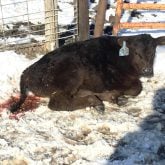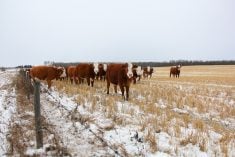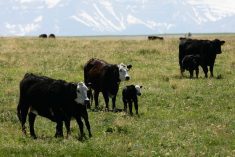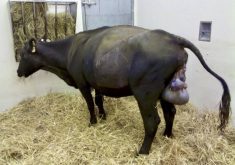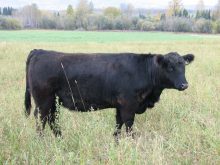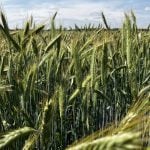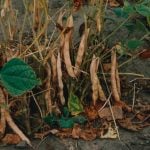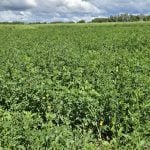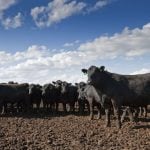With no treatment or vaccine available, the impact of Johne’s disease on beef herds can be a nightmare.
“Johne’s disease is particularly challenging to manage because we have so few options,” says Dr. Cheryl Waldner, professor at the University of Saskatchewan’s Western College of Veterinary Medicine.
To help beef producers make better management decisions about a disease with such uncertainty, the Beef Cattle Research Council (BCRC) is preparing to launch an interactive tool to analyze testing and management options for Johne’s disease. Waldner helped develop the new tool.
This chronic disease causes weight loss, persistent diarrhea and death in cattle, resulting in numerous negative effects on beef herds. In addition to premature culling, these effects can include reduced slaughter value, replacement costs, lost gain in calves, loss of genetics and considerable veterinary testing costs.
Because calves younger than six months are more susceptible to Johne’s, efforts to reduce the spread of infection on calving grounds — similar to those used to reduce calf scours — can help manage the disease. However, as the beef industry consolidates, the risk of Johne’s entering a herd through new animals bears watching.
“The only way to find and get rid of those infected animals so that they don’t transmit to our calf crop is by testing and culling, and that sounds pretty straightforward, but it’s not. This particular disease is very frustrating because it has a long silent phase,” says Waldner. It can take two to 10 years between the time an animal is infected to when it shows clinical signs, she adds.
Even when animals are shedding the virus, this can be inconsistent and may not show up in tests. As well, the accuracy of available testing is limited.
“There’s a lot of uncertainty in this, and because of that, it makes it really hard for producers and veterinarians to try to evaluate the cost-benefit possibilities of actually doing a testing and culling program in their herd. There’s a lot of information to pull together, and it’s easier if we can basically get the computer to do it for us.”
This new Johne’s disease risk-reward calculator “pulls together what we do know about the disease, how it might progress in individual animals, how it might spread in the herd and how well the diagnostic tests work in Canadian beef herds,” says Waldner.
“The tool can be customized to fit individual herd sizes, replacement strategies, plans for expansion and a wide range of possible testing possibilities.”
Two versions of the calculator, basic and advanced, are expected to be available soon on an updated version of the BCRC website. Instead of running the model once and showing one scenario, the tool runs it multiple times and factors in the uncertainties presented by this disease to provide producers with a range of possible management scenarios.
“It’s a little bit more complicated than a lot of the Excel tools that we typically use for these types of calculations, but given the level of uncertainty, we needed something that allowed us to actually factor that uncertainty into the calculations.”
A key part of developing this tool was incorporating data from Canadian herds into the risk model. “The important thing for us was having this tool reflect data from western Canadian cow-calf herds,” says Waldner, noting that much of the existing research on how this disease spreads was conducted in U.S. dairy herds and not useful to this particular context.
The Canadian Cow-Calf Surveillance Network provided some of the data used to create the model. “We have data from herds across Canada that tells us not just how much Johne’s is in the herds right now and what the variation is between herds in terms of how much Johne’s they have if they have it, but also we were able to do a study that looked at how well the tools actually work in our herds,” she explains.
Although it’s difficult to determine how fast the disease spreads through a herd, data collected by the Saskatchewan Stock Growers’ Association on this very topic helped to inform the model for the calculator. The association has worked with producers who have dealt with Johne’s disease to help track the progress of the disease in their herds, and many of the producers anonymously shared their data with the project developers.
“With that, we were actually able to use the model to help us guess at how disease really does progress in beef herds and use that as the basis for our predictions in terms of what happens over a 10-year time period.”
Waldner notes that the tool can’t predict exactly what will happen in a herd, but it does provide producers with scenarios to analyze that may help inform their management decisions.
“What I am hoping is that individuals will be able to make better decisions about whether it makes sense to test in their herds and to come up with a testing protocol that makes the most sense for them.”
The Saskatchewan government, Saskatchewan Cattlemen’s Association and Alberta Beef Producers also funded this calculator’s development.




